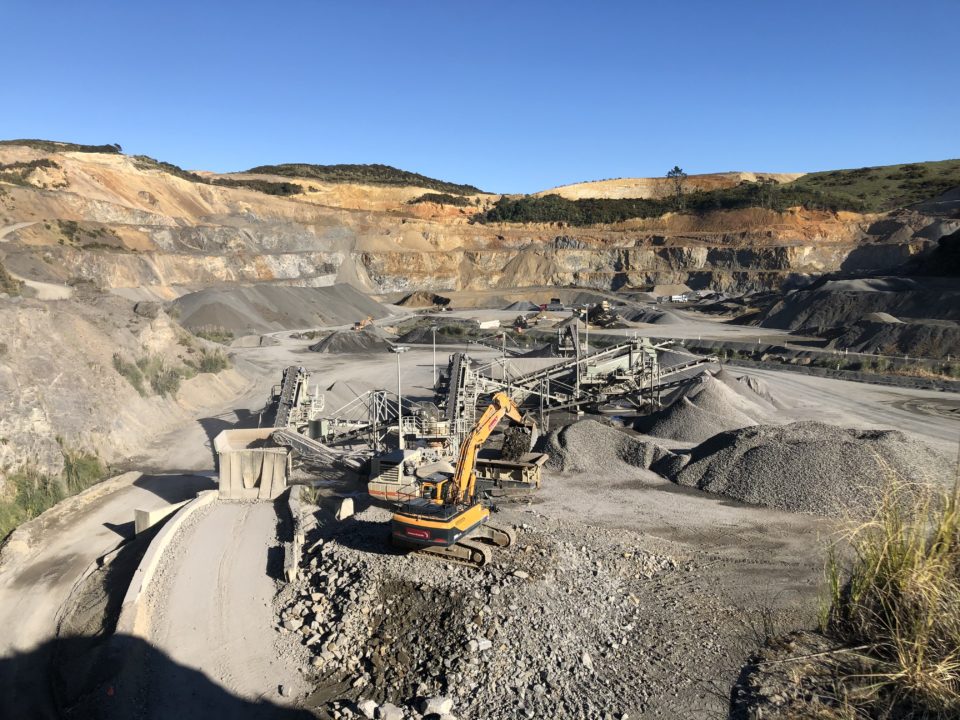Facts, not emotive slogans, should be used to determine where mining can take place here, says Straterra CEO Josie Vidal.
Groups protesting recently kept referencing a protest 12 years ago that related to a suggestion to mine in National Parks, which are the jewels of Crown land. That suggestion was taken off the table a long time ago.
I know it is easier to believe a slogan than to look for the facts, but the Department of Conservation website lays it out very clearly how they protect land that is worth protecting.
In fact, out of 30 OECD countries, New Zealand has the highest proportion of land area protected for conservation.
Not all land in the conservation estate is equal. Some of it is better used being productive, whether that be for farming, tourism, sport and recreation, skiing, mining, or various other permitted uses.
Mining applications are assessed on a case-by-case basis and the process is extremely rigorous. No less than four Acts of Parliament are given consideration and applications take years to process. This approach allows for applications for alternative uses on conservation land to be assessed on their merits. There is not open access to the land for mining companies.
For perspective, about 30 percent of New Zealand’s land is legally protected for conservation purposes, that’s about nine million hectares. Mining takes place on 0.04 percent of the conservation estate, that’s about 3500 hectares.
And let’s for a minute, look at the value of mining. While countries around the world are ramping up mining to meet demand for materials to build infrastructure to mitigate climate change, and to develop a low emissions future, New Zealand cannot seriously be considering banning mining.
A confounding issue for environmentalists is to save the planet, we are going to need more mines not less.
The critical minerals that will power green technology need to be mined somewhere. They cannot be recycled at the rate and volume they are needed, though of course the contribution of recycling will be valuable.
We must consider survival of people and maintaining living standards that keep them healthy.
The negative impact of mining is constantly overstated. The truth is that mineral extraction, suitably regulated, can and should contribute to solutions to the big problems worrying people.
I am happy to talk any time to people about the significant contribution to environmental rehabilitation, pest control and management, and into funding research and conservation for the Government that the mining industry in New Zealand makes.
Keep our mining home
Back in September Josie Vidal spoke to the panel providing the Government advice on reclassification of stewardship land on the West Coast of the South Island.
Vidal asked that due consideration be given to the long-term, big picture as the world moves to a low-emissions future supported by green technology made from mined minerals.
“While we appreciate that the review panel was working to narrow criteria, we believe environmental concerns cannot be addressed in isolation.
“We urged the panel to give due consideration to how the environment sits with people, culture, and the need to have a functioning economy in New Zealand.
“We questioned the need for the stewardship land review to achieve greater protection for high value conservation land because such protections already exist under current legislation.”
Vidal said there would be a cost to lost opportunities with further restrictions for mining on conservation land. “The critical minerals that will power green technology need to be mined somewhere. They cannot be recycled at the rate and volume they are needed, though of course the contribution of recycling will be valuable.
“The West Coast has potential for such minerals, including, nickel, cobalt, lithium and rare earth elements. GNS Science has assessed that much of that potential lies in the conservation estate.
“It makes sense to keep the option open for mining on conservation land to access these minerals. That is not to say it will happen at scale, or that it will be open slather. The current case-by-case approach allows for every application for alternative uses on conservation land to be assessed on its merits, against the conservation values present, irrespective of the conservation land category. We don’t want to see opportunities for creating wealth, jobs and healthy regional economies lost overseas.
“And we certainly don’t want to see our best and brightest off to Australia which is on the cusp of a mining boom to beat all others. While we fully support the Government’s conservation objectives, we believe the negative impact of mining is overstated. The truth is that mineral extraction, suitably regulated, can and should contribute to the solution.
“In fact, mining operations on the West Coast make a significant contribution to environmental rehabilitation, pest control and management, and into funding research and conservation for the Government. The real risk for biodiversity is with pests and predators, such as stoats, rats, and possums.
“Mining and other commercial activities can contribute to the funding of pest control. Mining is part of the solution to conservation, not the problem.”



Why I look forward to greener generation